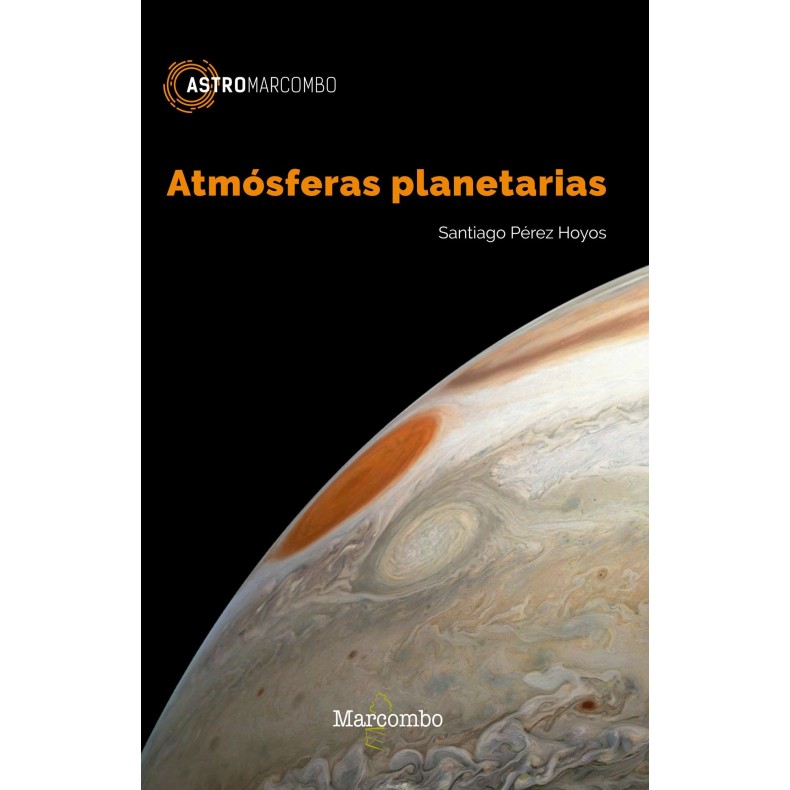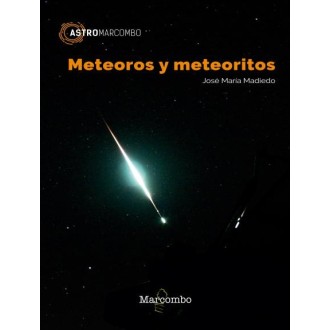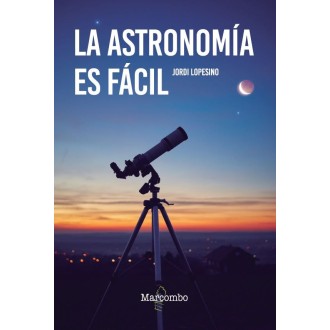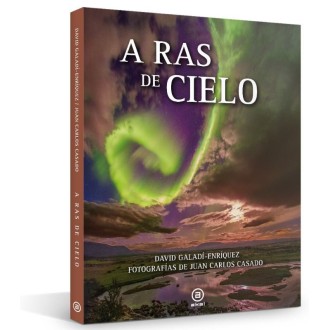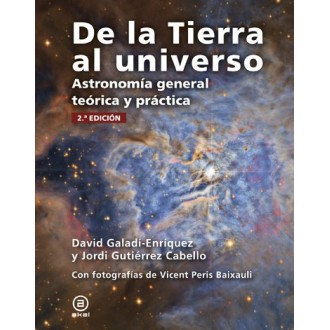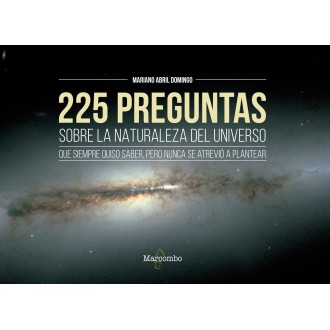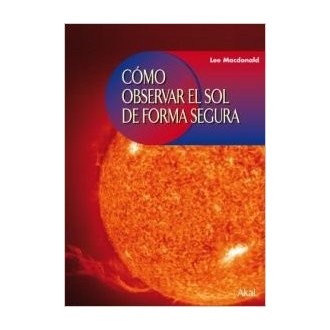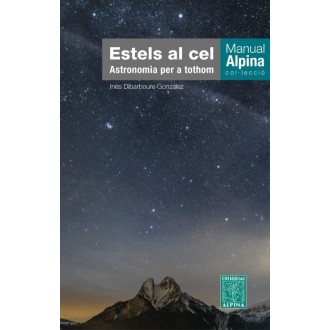Deliver it 17/24 days
Book Planetary Atmospheres. This book on the atmospheres of the Solar System fills a gap in the extensive astronomical bibliography in Spanish. With it you will be able to learn not only the rudiments of planetary observation, but also the science that makes it necessary and the most basic techniques that will allow you to perform a scientific analysis of your own data.
| Carrier | Description | Estimated Delivery | ||
|---|---|---|---|---|
 |
Home delivery - International | Home delivery - International |
Thursday, 1er January - Thursday, 8 January |
|

Home delivery - International
Home delivery - International
Estimated delivery:
Thursday, 1er January - Thursday, 8 January
Book Planetary Atmospheres.
Many of the planets of the Solar System are surrounded by atmospheres, whose meteorological phenomena are within the reach of small telescopes. The data collected every day from all types of observatories, from large 10-meter giants to humble 15-cm-diameter telescopes, contribute decisively to support space exploration of these bodies.
Extremely active atmospheres, such as that of Jupiter, mysterious ones, such as that of Venus, and distant ones, such as those of Uranus and Neptune, can be observed by any astronomer, of any age and practically any equipment. Would you like to collaborate in this exploration?
This book on the atmospheres of the Solar System fills a gap in the extensive astronomical bibliography in Spanish. With it you will learn not only the rudiments of planetary observation, but also the science that makes it necessary and the most basic techniques that will allow you to perform a scientific analysis of your own data. It will also bring you into contact with the international networks of observers that contribute to the databases that allow us to learn about the evolution of these fascinating objects.
This book is intended as an introduction for those who are attracted by planetary observation and want to test new ways of exploring the Universe from their observatories. Presented in a comprehensive way, it puts at your fingertips a number of fundamental tools that will allow you to continue to grow as an astronomer long after you have read this volume.
About the author:
(Bilbao, 1977) is a researcher in the Planetary Sciences Group of the UPV/EHU. Astrophysicist by the Universidad Complutense de Madrid and PhD in Physics by the University of the Basque Country, he works studying the light reflected by the large atmospheres of the Solar System to better understand the properties of the clouds and fogs that populate them. To do so, he uses both space missions (Cassini, Venus Express, MESSENGER...) and ground and orbiting observatories (Hubble Space Telescope). He teaches Physics and Astrophysics at the School of Engineering of Bilbao and is part of the Aula EspaZio, specialized in the training of scientists and technologists related to the space sector. He is also a member of the PlanetCam-UPV/EHU team, a unique camera designed to observe the planets from the Calar Alto Observatory telescopes.
Technical data:
- Author: Santiago Pérez Hoyos
- Pages: 126
- Edition: 1
- Publication date: 05/05/2019
- ISBN: 9788426727251
- Format: 15.5x21 cms
Table of contents:
- 1. Skywalkers 1
- Visual Guide to the Planets 2
- Looking for the planets 6
- Visual Observing 9
- what to expect from a visual planetary observation? 11
- 2. Earth's siblings 13
- The Earth 14
- Venus: the twin hells 18
- Mars: the frozen desert 22
- 3. Beyond the asteroid belt 25
- Jupiter: the colossus 26
- Saturn: the lord of the rings 30
- Uranus: the exception to the rule 32
- Blue Neptune 34
- 4. Equipment guide 37
- The base of the chain 38
- Making a mark 41
- The color palette 43
- Improving optics 47
- 5. The night of the hunter 49
- The road to success 51
- Working at night 53
- The lucky image 57
- The complete sequence 59
- 6. The next day 61
- Stacking principles 61
- Processing principles 62
- RegiStax 65
- AutoStakkert! 68
- WinJupos: The magic of defeat70
- 7. For cloudy nights 71
- Searching for the ephemeris 71
- Looking for more details 74
- Satellites and rings 75
- Navigating images 76
- Image processing 79
- Science with your data 80
- 8. Weighing the light from the planets 83
- Relative and absolute photometry 83
- More about filters 84
- Filters for particles 87
- References for absolute photometry 88
- Setting up relative photometry 89
- A case study: Jupiter 91
- 9. The planetary barcode 95
- A quick guide to solar spectra 96
- Planetary Spectra 97
- Wavelength calibration 99
- Intensity calibration 99
- Commercial Spectrographs 101
- Science with your spectrograph 102
- 10. Rowing together 105
- International Outer Planets Watch and PVOL 105
- International Observer Associations
- of observers 108
- Collaborative science 110
- Working in space 111
- Epilogue 114
- Bibliography 115
- User's Guide 115
- General Books 115
- Advanced scientific books 116
- Scientific articles for further reading 117
Book Planetary Atmospheres.

